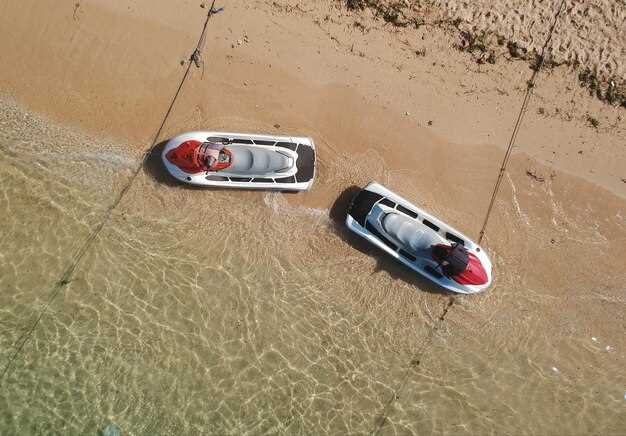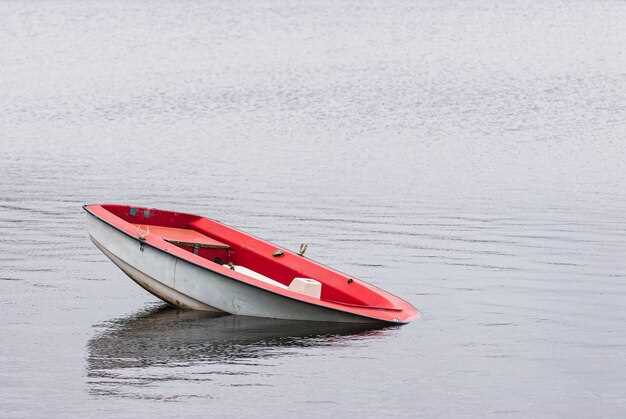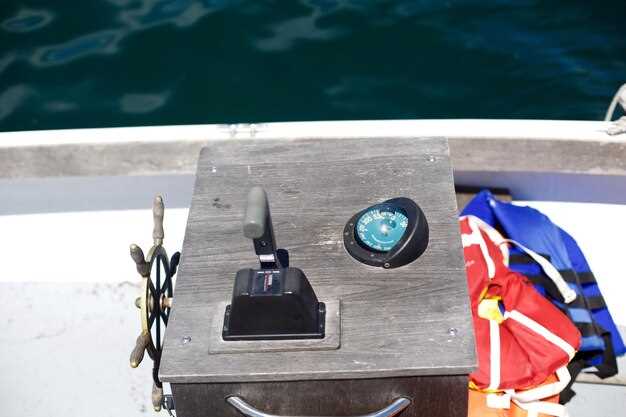
Exploring shallow waters often requires specialized boats that can navigate through tight spaces and varying depths. Whether you’re traversing marshes, rivers, or coastal shallows, having the right vessel is essential for an enjoyable and safe adventure.
One of the most popular types of boats for this purpose is the skiff. These lightweight, flat-bottomed boats are designed specifically for shallow water navigation. Their shallow draft allows them to glide over submerged obstacles without getting stuck, making them ideal for fishing, birdwatching, or just leisurely exploration.
When selecting the best skiff for shallow water exploration, it’s crucial to consider factors such as stability, maneuverability, and onboard capacity. The right choice can enhance your experience and open up new opportunities for discovering the hidden gems that shallow waters have to offer.
Top Skiffs for Navigating Swamps and Marshes

When it comes to exploring the intricate waterways of swamps and marshes, selecting the right skiff is crucial for safe and efficient navigation in shallow waters. The ideal skiffs for these environments are lightweight, have a shallow draft, and offer excellent maneuverability. Here are some top options that excel in these challenging conditions.
The Hell’s Bay Professional skiff is renowned for its shallow draft and exceptional performance in tight quarters. Designed for both speed and stability, this skiff allows for easy access to remote areas while providing a smooth ride over challenging terrain.
Another excellent choice is the Marsh Rat. This skiff’s design focuses on agility and lightweight construction, making it perfect for navigating through dense vegetation and narrow channels. Its hull shape enables it to glide effortlessly over shallow muck and grass, minimizing the disturbance to the ecosystem.
The Gheenoe is also highly regarded among swamp explorers. This skiff is known for its flat bottom and wide beam, allowing for excellent stability in uncertain waters. It can accommodate small outboard motors, making it versatile for various conditions and easy to maneuver in tight spaces.
For those seeking a more customized experience, the Custom GatorTail skiffs are tailored to meet specific needs. These skiffs are designed for shallow water navigation, equipped with features such as rugged hulls and powerful engines capable of traversing marshy environments with ease.
Ultimately, the best skiff for navigating swamps and marshes will depend on individual preferences and specific water conditions. These top skiffs provide an excellent starting point for anyone looking to explore the unique beauty of shallow aquatic ecosystems.
Key Features to Consider in Shallow Water Boats

When selecting a boat intended for shallow water exploration, there are several important features to evaluate to ensure optimal performance and safety. One primary aspect is the
Another essential feature is the
The
Another consideration is the
Lastly, consider the
By paying attention to these key features, you can select a skiff that is perfectly suited for your shallow water adventures, ensuring an enjoyable and safe experience on the water.
Maintenance Tips for Skiffs Used in Shallow Waters
Maintaining a skiff designed for shallow water exploration is crucial to ensure its longevity and performance. Regular inspection of the hull is essential, as it may be prone to abrasions and scratches from contact with rocky or sandy bottoms. Make it a habit to check for hull integrity and apply anti-fouling paint to prevent growth that can affect speed and maneuverability.
Pay special attention to the engine, as shallow water conditions can lead to debris accumulation. Regularly clean the water intake and ensure that the cooling system is free of blockages. This will help maintain optimal engine performance and avoid overheating during use.
The propeller is another critical component that requires regular checks. In shallow waters, it can easily become damaged from striking submerged objects. Inspect the propeller for nicks and bends, and replace it if necessary to maintain efficiency and prevent vibration issues.
Consider the trailer you use for transporting the skiff. Regularly inspect the tires, bearings, and brake systems, as these components can wear out due to constant launching and retrieval in shallow water environments. Proper maintenance will not only ensure safe transportation but also extend the life of your skiff.
Cleaning your skiff after each outing is vital, especially after navigating through muddy or sandy areas. Rinse the hull, deck, and compartments thoroughly to remove any debris or salts that could contribute to corrosion and damage over time.
Lastly, store your skiff properly when not in use. Use a cover to protect it from the elements, and ensure that it’s positioned to avoid water accumulation. This protective measure will help maintain the integrity of the skiff and prepare it for future shallow water adventures.



